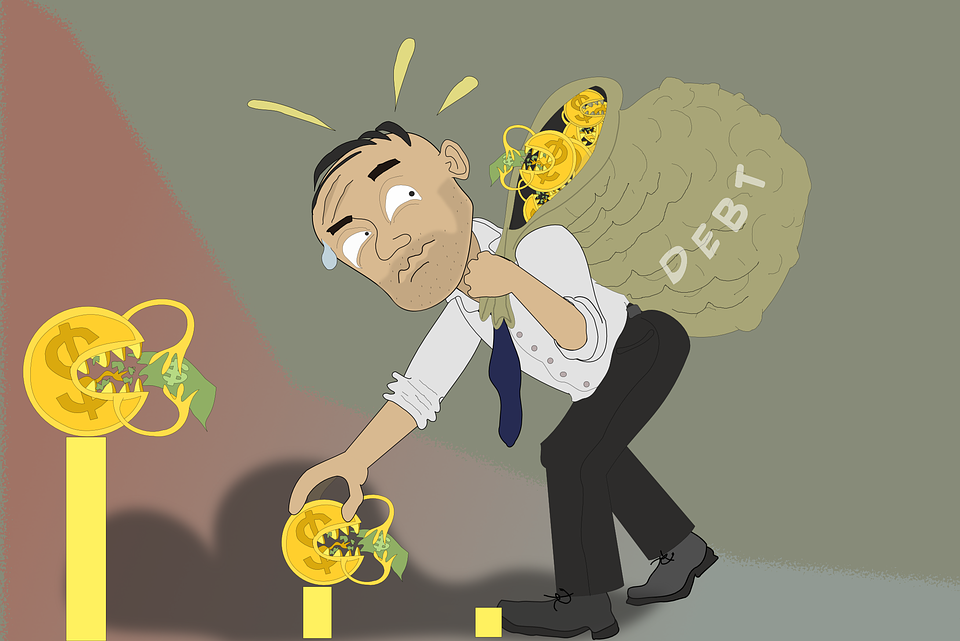The bankruptcy process can be no easy feat – especially in California. While bankruptcy is governed by federal law, California sets its own boundaries regarding property exemptions and the amount you must repay your creditors. Although California has seen a decline in bankruptcies in the last six years, it does not mean that it is impossible to file for it. Personal bankruptcy in California falls into two categories:
- Chapter 7: A straight liquidation bankruptcy that allows the debtor to completely write off all eligible debts without having to pay them back to creditors. Chapter 7 bankruptcy is the most common type of bankruptcy in the United States.
- Chapter 13: Generally used for debtors that have certain assets they wish to keep, and those who earn a living wage. Chapter 13 bankruptcy sets up a 3-5 year payment plan for the debtor to pay back all or some of the debts owed to their creditors.
The first step in filing for bankruptcy is deciding whether it is the best option for your situation. While most times bankruptcy alternatives can take care of what you need, bankruptcy is sometimes the correct answer. Doing your research and knowing what aspects of bankruptcy are true and apply to you is incredibly important – do not let the stigma of bankruptcy deter you from seeking out your options. According to Los Angeles bankruptcy attorney, Daniel Weintraub, the most harmful bankruptcy myths prevent some people from filing for bankruptcy, even though they are facing immense financial stress.
Some important things to consider are the types of debts you have, whether you would have to liquidate property you truly wish to keep, and if the debt you would be alleviating is enough to make bankruptcy worth your while. Many times, its best to sit down with a bankruptcy attorney and talk through your options. If you determine, whether on your own or with the help of an attorney, that bankruptcy is the best option for you – there are certain federal and state laws you must comply with in California.
The 2005 Bankruptcy Act Means Test
The 2005 Bankruptcy Act was passed as a way to prevent consumers from abusing the bankruptcy process, while allowing debtors that truly need it a more structured way of doing so. One of the highlights of the law is the means test. The test requires higher earning debtors to repay a portion or all of their owed debt through Chapter 13, rather than allowing them to discharge all of their debt through Chapter 7. In California, this is determined by taking your previous six month’s monthly income and comparing it to the state’s median income. If your income falls below California median income, you automatically qualify for Chapter 7; if it is higher than the median, you must crunch some numbers to determine if you are still eligible for Chapter 7 bankruptcy.
The means test does not end if your income exceeds California’s median – you must then do some calculations to determine if you are still eligible. You need to determine if you have enough disposable income to repay creditors. In California, this means taking your monthly income and subtracting important payments such as credit card bills and medical debt, as well as other income figures that can be found on the U.S. Court’s means testing page. If your disposable income is below a certain amount set by law (different from the state’s median income), you may qualify for Chapter 7.
Necessary Bankruptcy Filing Documents
Once you’ve determined which chapter of bankruptcy you qualify for, you must gather paperwork to begin the bankruptcy process. These documents can include:
- Itemized list of current income sources
- Major financial transactions for last 2 years
- Monthly living expenses
- Secured and unsecured debts
- All property (assets and possessions)
- Tax returns for the last 2 years
- Deeds to any real estate you own
- Car titles for all vehicles under your name
- Documents for all loans in your name
After gathering all the paperwork, you must determine which property you believe is exempt from creditors though the list of California bankruptcy exemptions. Some of these assets include necessary clothing, furniture and appliances, personal injury judgements, disability benefits, and certain amounts of your home’s value, among others. Some other assets can be excluded from bankruptcy if the debtor can purchase the item from the creditor – usually at a discounted price from what is owed on the item.
Filing for Bankruptcy with the Court
To begin filing for bankruptcy with the court, you or your personal bankruptcy attorney must submit a two-page petition along with other forms to your California district bankruptcy court – which varies depending on your location in the state. These forms, which are referred to as “schedules”, require you to describe your current financial situation in-depth and present all recent financial transactions. Failing to disclose any necessary information, whether intentional or not, can jeopardize the outcome of your case.
Something important to note, filing for bankruptcy is not free. Filing for Chapter 7 bankruptcy has a fee of $306 in California, while it may not be waived – you may be able to make the payment in installments. Chapter 13 bankruptcy in California has a filing fee of $281 which may not be waived.
The Aftermath of Filing for Bankruptcy
After you have filed for bankruptcy with the court, whether it is Chapter 7 or 13, the court will assume legal control of all non-exempt property and debts, and will put an automatic stay in place which will prevent creditors from contacting you or claiming any of your property. The court will then appoint a trustee to your case, who will act as a non-partisan figure in ensuring that creditors are paid as much as possible. One month into the bankruptcy process, the court will hold a meeting known as the 341 Meeting of Creditors, where you and your creditors meet to discuss any objections or discrepancies with the bankruptcy filing. No matter whether you filed for Chapter 7 or 13, you will be updated on your case every step of the way. If you chose to hire a bankruptcy attorney, they will act as a liaison between you and the court and can simplify the process for you.
It’s a common myth that people who have filed for bankruptcy can never again own a credit card, rent a house, or buy a car. While bankruptcy can temporarily suspend some of these privileges, it is not permanent and is implemented in order to help you get back on financial track. Bankruptcy, along with other debt relief alternatives, are helpful if you’ve suffered a financial set back; and they can help you get back on your feet financially and relieve the stress of being in debt. For more information on filing for bankruptcy, visit the United States Bankruptcy Court website to find forms and resources on the bankruptcy and debt relief processes.



No Comment